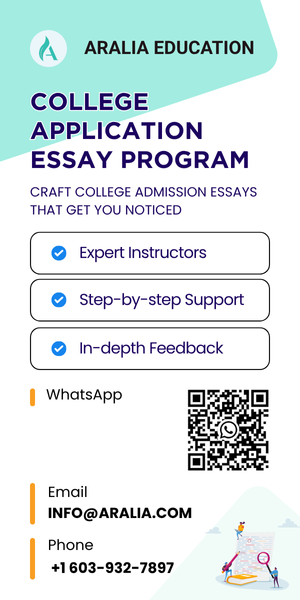Recently, ChatGPT made headlines as some users discovered their queries, even sensitive ones, appeared publicly on Google search. This leak appeared as a warning to those who submit every detail of their lives to AI without any censorship. As AI becomes an integral part of our lives, understanding how to protect your privacy in the digital space is more important than ever. Each word you share with AI can leave a trace that may be stored, analyzed, or even reused in ways you might not acknowledge. Let’s jump into how you can navigate AI responsibly and maintain control over your data.
Evaluate Your Digital Footprint
Before you upload your next essay or question to an AI tool, pause for a second. That “instant improvement” may feel magical, but everything you type leaves a trace. Many AI platforms save your data, using it to train systems or store it indefinitely, turning your work into part of a digital footprint you can’t always see.
This isn’t meant to scare you, but to remind you to think critically about what you share. Every AI interaction is a decision about your privacy. Ask yourself: Did I include personal details, school information, or anything that could identify me? Even simple things like your writing style or typing rhythm can reveal more than you think.
Consider metadata too. AI may track typing patterns, prompts, or even habits that reveal more than the words themselves. Collaborative sharing is another factor. When you share AI outputs with friends or classmates, consider who has access to your ideas and whether sensitive information could spread unintentionally.
To protect yourself, make it a habit to review what you input before hitting “enter.” Keep your private information private and stay aware that once something is online, it may never fully disappear.
You Are Responsible for Your Privacy
AI tools can be valuable study partners, but protecting your privacy means taking control of how you use them. Think of AI like a tool in your hands; you decide how much access it gets to your information. The more you understand how these systems work, the better you can manage your digital presence.
Start by learning what data AI platforms collect. Many track your inputs, usage patterns, or even improvement history to refine their models. Check the privacy or data settings of the tools you use, and adjust them to limit what’s stored or shared. When possible, use guest or no-login modes to minimize your digital trace. You can also create separate accounts or aliases for schoolwork to prevent linking your data across platforms.
Finally, practice digital hygiene, such as clearing old files, deleting unused accounts, and staying aware of updates to privacy policies. Protecting your information isn’t a one-time task; it’s an ongoing habit. The more active you are in managing your data, the safer and more confident you’ll be using AI responsibly.
Build a Standout College Application Essay with Aralia
The Trade-Off Between Convenience and Privacy
AI can make your work easier and faster, turning rough drafts into polished essays in seconds, but that convenience comes with a cost. The more information you share, the more data the system collects to improve its responses. While this might make AI seem “smarter,” it also means you’re contributing to a growing pool of data that may include traces of your identity.
The key is to find balance. Before uploading a full essay or assignment, consider whether a general prompt or a single paragraph could get you similar feedback. Ask yourself: Is this level of sharing necessary, or just convenient? The goal isn’t to stop using AI, but to use it consciously, knowing when to share and when to hold back.
Think of your digital decisions like long-term investments. Practicing caution now helps you maintain control over your digital identity while still benefiting from AI’s powerful capabilities.
Developing a Personal Privacy Strategy
To help control your data more consistently, you can come up with a personal privacy strategy. Let’s go through an example strategy.
Step 1: Curate your inputs. Only share what is necessary. Extra details are not always required.
Step 2: Control storage. Delete old drafts, chat history, or conversation logs whenever possible.
Step 3: Choose tools wisely. Some AI platforms store more data than others. Make a list of tools and their privacy policy, then decide which tools fit your comfort level. We suggest that you categorize tools into 3 buckets: safe for personal data, safe for work data, and unsafe.
Step 4: Reflect continuously. After each session, ask yourself if what you shared aligns with your privacy standards.
Why Privacy Matters for Students
You are sending more than words each time you use AI. Prompts and casual questions can reveal personal details or ideas you want to keep private. If you are not careful, this information can be misused and spread out of your control. Protecting your privacy is not only about avoiding risk. By learning how to manage your digital footprint, you can collaborate confidently with AI while keeping your personal information safe.
Join Aralia's Responsible Use of AI in Academic and English Writing
Want to learn how to use AI safely, ethically, and effectively in your writing? Join Aralia’s Responsible Use of AI in Academic and English Writing class to master smart strategies for protecting your privacy while enhancing your writing skills.

Responsible Use of AI in Academic and English Writing
This Responsible Use of AI in Academic and English Writing course is designed to teach students how to integrate artificial intelligence (AI) tools into their academic and English writing processes responsibly, effectively, and ethically.









